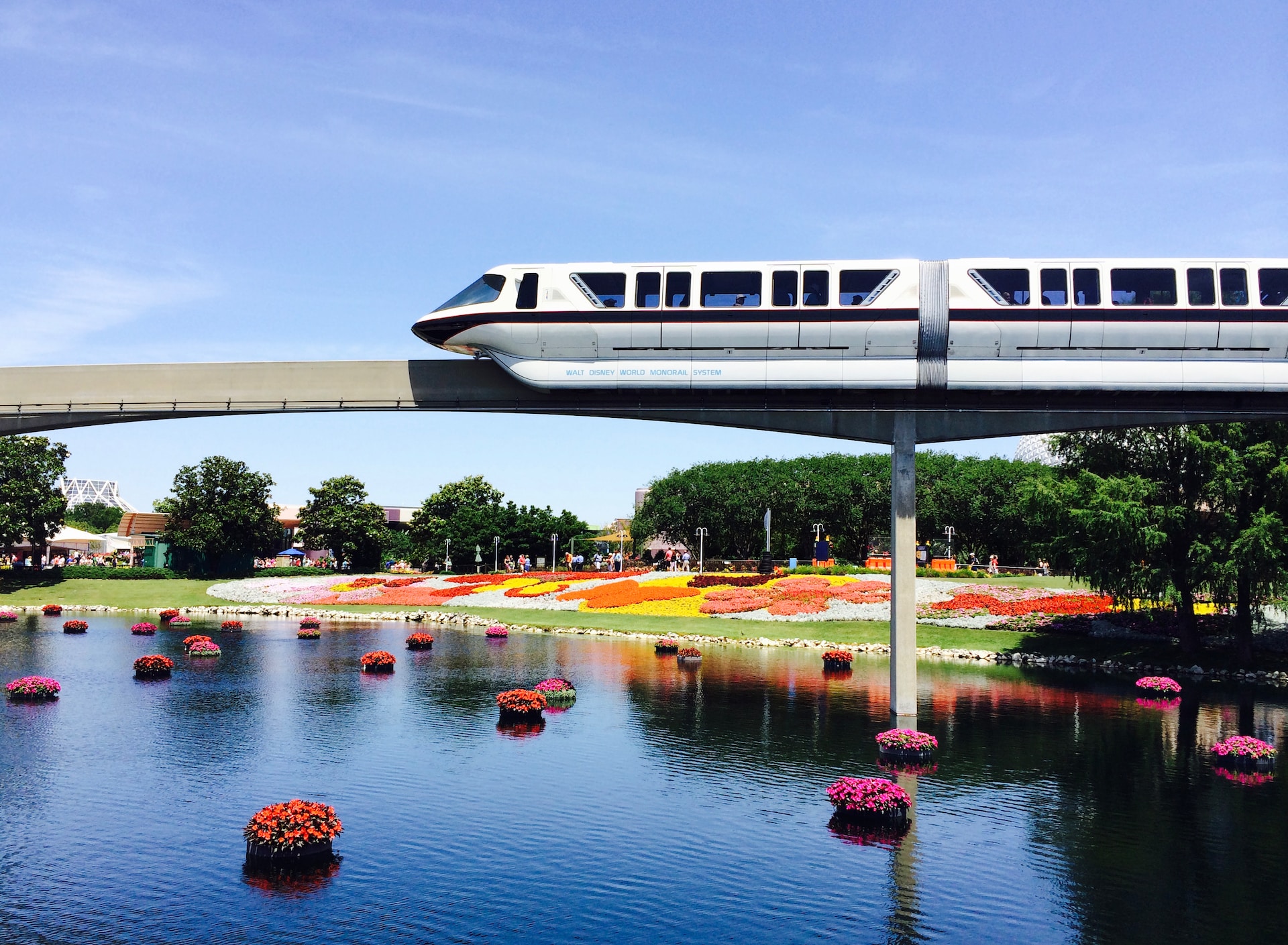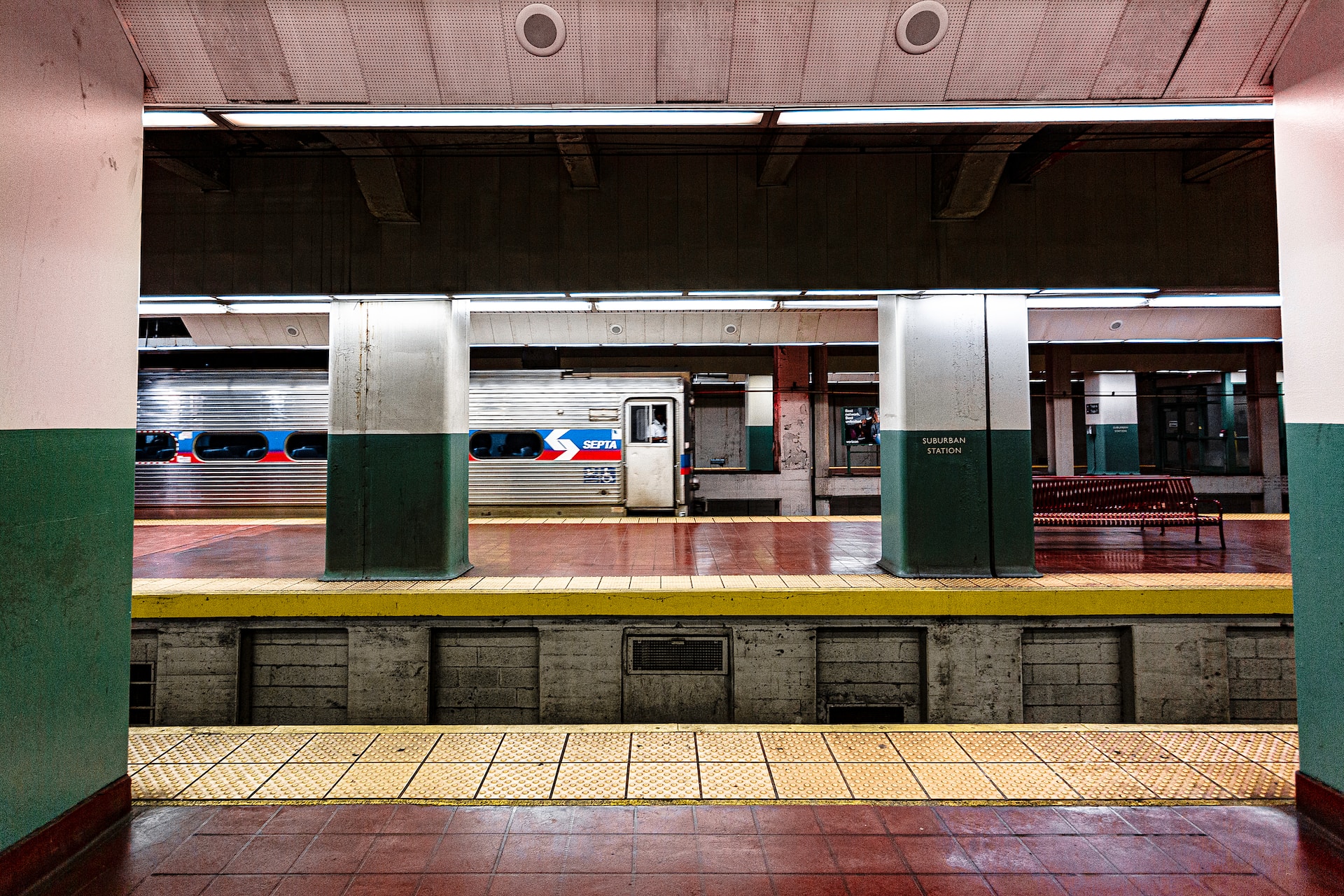Transportation in Paris is a topic that is of great importance to both tourists and locals alike, as it can greatly impact one’s experience in the City of Light. Whether you’re planning a visit to Paris or you’re a resident looking to navigate the city more efficiently, understanding the various transportation options available to you is crucial.
Getting to Paris from the surrounding main cities in France is relatively easy, with several options to choose from. The most popular option for long distance travel is the TGV (Train à Grande Vitesse), which is a high-speed train that connects Paris to other major cities in France, such as Marseille, Lyon, and Lille. These trains are known for their speed, comfort, and reliability, and they offer a convenient and affordable way to get to Paris. Another option is to take a bus, which can be a more economical choice, but it’s also less frequent and less comfortable.
Once you’ve arrived in Paris, you’ll need to figure out how to move around the city. The city’s metro system is one of the most efficient and affordable options for getting around. The metro is made up of 16 lines that connect all parts of the city, and it runs from early morning until late at night. The metro system is easy to navigate and it’s a great way to avoid traffic, but during peak hours it can be very crowded. Another option is to take the bus, which is also an affordable and convenient way to get around the city. Buses run frequently and they cover most of the city. Taxis and ridesharing services such as Uber are also available, but they can be more expensive.
The cost of transportation in Paris varies depending on the mode of transportation you choose. The metro, bus and bike-sharing services are relatively affordable, but taxis and ridesharing services can be more costly. It’s worth noting that purchasing a “Navigo” pass, which allows for unlimited travel on the metro, bus, and RER trains within zones 1-5, can save you money if you plan to use public transportation frequently.
Safety is generally not a concern when it comes to transportation in Paris, but as with any major city, it’s always a good idea to be aware of your surroundings and to take precautions when traveling at night. The metro and bus are well-lit and well-patrolled, and they are generally considered safe. However, it’s always a good idea to be vigilant and to keep an eye on your belongings, especially during peak hours when the trains can be crowded.
Overall, transportation in Paris is a well-connected and efficient system that allows visitors and locals to easily navigate the city. From high-speed trains to metro, bus, and bike-sharing services, there are plenty of options to choose from, and with a little bit of planning, you can easily and affordably get around the city.



